How to Fall Asleep in 10, 60, or 120 Seconds
Falling asleep quickly can be challenging, especially when you’re stressed or restless. Here are techniques to help you fall asleep in 10, 60, or 120 seconds, based on relaxation and breathing exercises:
How to Fall Asleep in 10 Seconds
This method is part of the military sleep technique, which is designed to help soldiers fall asleep quickly in high-stress environments. It may take some practice to master.
- Relax your face: Close your eyes and consciously relax all the muscles in your face, including your forehead, cheeks, jaw, and tongue.
- Drop your shoulders: Let your shoulders fall and relax your arms by your sides.
- Relax your legs: Release tension in your thighs, calves, and feet.
- Clear your mind: Focus on your breathing or visualize a calming scene (e.g., lying in a hammock or floating on water).
- Repeat a mantra: Silently say, “Don’t think, don’t think,” or “Sleep now,” to prevent your mind from wandering.
How to Fall Asleep in 60 Seconds
This method combines breathing techniques and muscle relaxation to calm your body and mind.
4-7-8 Breathing Technique:
- Position your tongue: Place the tip of your tongue against the ridge behind your upper front teeth.
- Exhale completely: Blow air out through your mouth, making a “whoosh” sound.
- Inhale through your nose: Close your mouth and inhale quietly through your nose for 4 seconds.
- Hold your breath: Hold the breath for 7 seconds.
- Exhale through your mouth: Exhale completely for 8 seconds, making the “whoosh” sound again.
- Repeat: Do this cycle 3-4 times or until you feel relaxed and ready to sleep.
How to Fall Asleep in 120 Seconds
If the above methods don’t work, try these longer techniques:
Progressive Muscle Relaxation (PMR):
- Start with your toes: Tense the muscles in your toes for 5 seconds, then release and relax for 10 seconds.
- Move upward: Gradually work your way up your body, tensing and relaxing each muscle group (calves, thighs, abdomen, chest, arms, hands, neck, and face).
- Focus on relaxation: Pay attention to the contrast between tension and relaxation in each muscle group.
Visualization:
- Imagine a calming scene: Picture yourself in a peaceful place, like a beach, forest, or meadow.
- Engage your senses: Visualize the sights, sounds, smells, and sensations of this place.
- Stay focused: If your mind wanders, gently bring it back to the scene.
Additional Tips for Falling Asleep Faster
- Avoid screens: Turn off electronic devices at least 30 minutes before bed.
- Create a bedtime routine: Consistency signals to your body that it’s time to sleep.
- Keep your room cool: A cooler temperature (around 60-67°F or 15-19°C) is ideal for sleep.
- Limit caffeine and alcohol: Avoid these substances in the hours leading up to bedtime.
With practice, these techniques can help you fall asleep more quickly and improve your overall sleep quality.
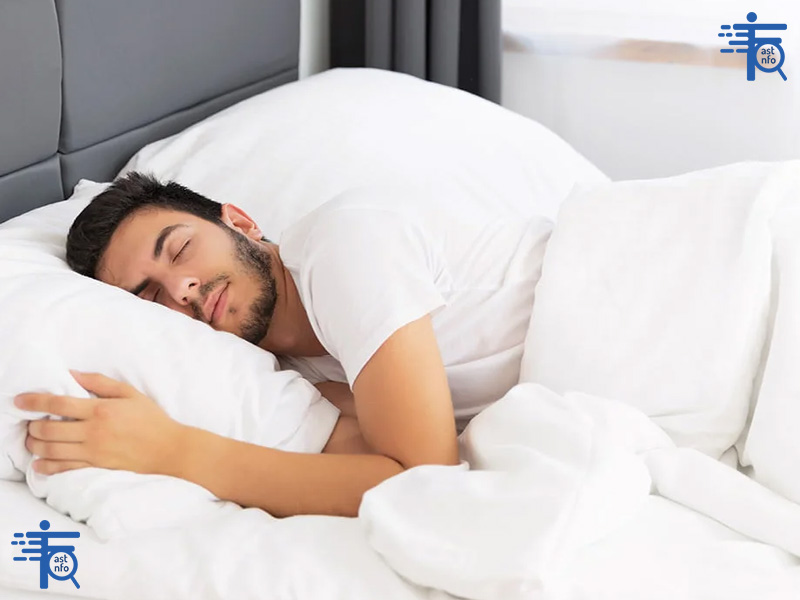
How can you fall asleep right away at night?
Falling asleep right away at night can be challenging, especially if you’re stressed, overstimulated, or have an irregular sleep schedule. However, by combining relaxation techniques, good sleep hygiene, and a calming bedtime routine, you can train your body to fall asleep faster. Here’s how:
1. Create a Sleep-Conducive Environment
- Keep your room dark: Use blackout curtains or an eye mask to block out light.
- Set a comfortable temperature: Aim for a cool room (60-67°F or 15-19°C).
- Reduce noise: Use earplugs, a white noise machine, or a fan to drown out disturbances.
- Make your bed comfortable: Invest in a supportive mattress, soft sheets, and a cozy blanket.
2. Practice a Relaxing Bedtime Routine
- Wind down: Spend 30-60 minutes before bed doing calming activities like reading, listening to soft music, or taking a warm bath.
- Avoid screens: Turn off phones, tablets, and TVs at least 30 minutes before bed to reduce blue light exposure.
- Dim the lights: Lower the brightness in your home to signal to your brain that it’s time to sleep.
3. Use Relaxation Techniques
Breathing Exercises:
- 4-7-8 Breathing: Inhale for 4 seconds, hold for 7 seconds, and exhale for 8 seconds. Repeat 3-4 times.
- Box Breathing: Inhale for 4 seconds, hold for 4 seconds, exhale for 4 seconds, and hold for 4 seconds. Repeat.
Progressive Muscle Relaxation (PMR):
- Tense and relax each muscle group in your body, starting from your toes and working up to your head.
Visualization:
- Imagine a peaceful scene, like a beach or forest, and focus on the details to distract your mind.
4. Train Your Brain to Associate Your Bed with Sleep
- Use your bed only for sleep and intimacy: Avoid working, eating, or watching TV in bed.
- Get up if you can’t sleep: If you’re still awake after 20 minutes, get out of bed and do something relaxing until you feel sleepy.
5. Optimize Your Lifestyle Habits
- Stick to a consistent sleep schedule: Go to bed and wake up at the same time every day, even on weekends.
- Limit caffeine and alcohol: Avoid these substances at least 4-6 hours before bedtime.
- Exercise regularly: Physical activity during the day can help you fall asleep faster, but avoid intense workouts close to bedtime.
- Avoid heavy meals before bed: Eat dinner at least 2-3 hours before sleeping.
6. Calm Your Mind
- Write down worries: Keep a journal by your bed to jot down thoughts or to-do lists before sleeping.
- Practice mindfulness or meditation: Apps like Calm or Headspace can guide you through relaxation exercises.
- Repeat a mantra: Silently say a calming phrase like “I am relaxed” or “I am at peace” to quiet your mind.
7. Try the Military Sleep Technique
This method is designed to help you fall asleep in under 2 minutes:
- Relax your face, jaw, and tongue.
- Drop your shoulders and relax your arms.
- Breathe deeply and relax your chest, legs, and feet.
- Clear your mind by visualizing a calming scene or repeating a mantra like “Don’t think.”
8. Consider Natural Sleep Aids
- Herbal teas: Chamomile, valerian root, or lavender tea can promote relaxation.
- Aromatherapy: Use essential oils like lavender or bergamot in a diffuser.
- Supplements: Melatonin or magnesium may help, but consult a doctor before use.
By combining these strategies and practicing them consistently, you can train your body and mind to fall asleep more quickly and enjoy better-quality sleep. If sleep problems persist, consider consulting a healthcare professional to rule out underlying issues like insomnia or sleep apnea.
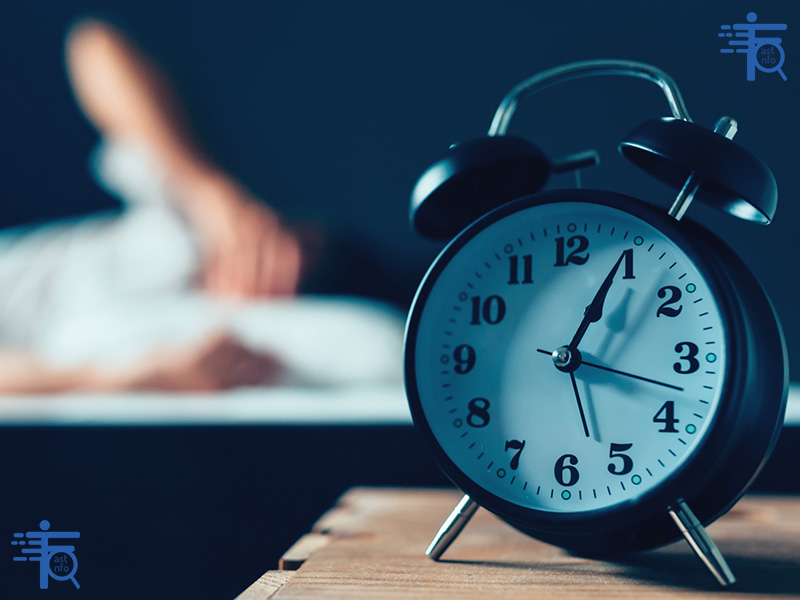
How to do one cycle of 4-7-8 breathing:
The 4-7-8 breathing technique is a simple and effective method to promote relaxation and help you fall asleep faster. Here’s how to do one cycle of 4-7-8 breathing:
Steps for One Cycle of 4-7-8 Breathing
- Get into position:
- Sit or lie down in a comfortable position.
- Place the tip of your tongue against the ridge of tissue behind your upper front teeth (this is where it will stay throughout the exercise).
- Exhale completely:
- Open your mouth slightly and exhale fully through your mouth, making a “whoosh” sound.
- Inhale through your nose:
- Close your mouth and inhale quietly through your nose for a count of 4 seconds.
- Hold your breath:
- Hold your breath for a count of 7 seconds.
- Exhale through your mouth:
- Exhale completely through your mouth, making a “whoosh” sound, for a count of 8 seconds.
Example of One Cycle
- Exhale: “Whoosh” (completely empty your lungs).
- Inhale: Breathe in through your nose for 4 seconds.
- Hold: Hold your breath for 7 seconds.
- Exhale: Breathe out through your mouth for 8 seconds.
Tips for Success
- Practice this technique 2-4 times in a row when you’re first starting out.
- Focus on counting to keep your mind from wandering.
- If holding your breath for 7 seconds feels too long, adjust the timing slightly (e.g., 4-5-6) and gradually work up to 4-7-8.
This technique helps calm your nervous system, reduce stress, and prepare your body for sleep. With regular practice, it becomes easier and more effective!
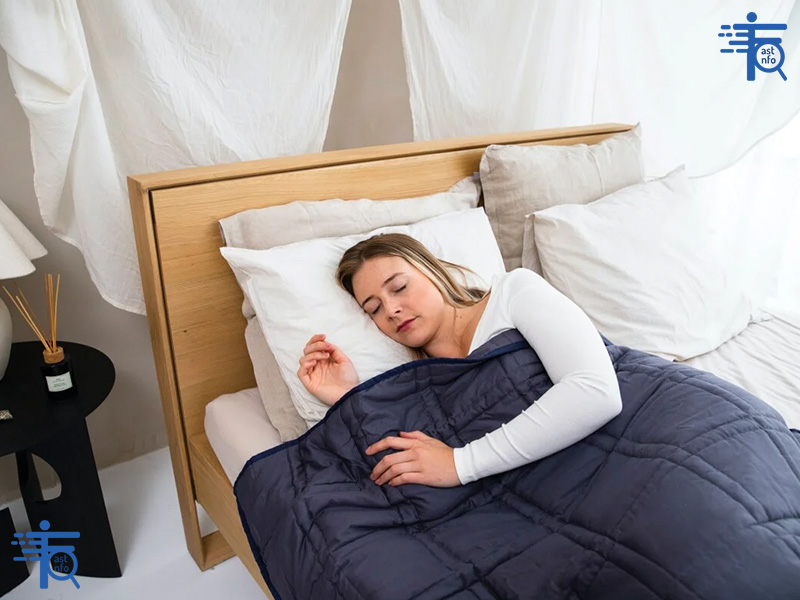
Progressive muscle relaxation (PMR)
Progressive Muscle Relaxation (PMR) is a relaxation technique that involves systematically tensing and then relaxing different muscle groups in the body. The goal of PMR is to reduce physical tension and promote a sense of calm and relaxation. It is often used to manage stress, anxiety, and insomnia, and can be a helpful tool for improving overall well-being.
How to Practice PMR:
- Find a Quiet Space: Choose a comfortable, quiet place where you won’t be disturbed. Sit or lie down in a relaxed position.
- Focus on Breathing: Begin by taking a few deep breaths. Inhale slowly through your nose, hold for a moment, and then exhale slowly through your mouth. This helps to calm your mind and prepare your body for relaxation.
- Start with Your Feet: Begin the PMR process by focusing on your feet. Tense the muscles in your feet by curling your toes tightly and holding the tension for about 5-10 seconds. Then, release the tension and notice the sensation of relaxation as the muscles in your feet relax.
- Move Up the Body: Gradually work your way up through the different muscle groups in your body. For each muscle group, tense the muscles for 5-10 seconds, then release and focus on the feeling of relaxation. Common muscle groups to target include:
- Calves
- Thighs
- Buttocks
- Abdomen
- Chest
- Hands (clench your fists)
- Arms (tense your biceps or triceps)
- Shoulders (shrug them up towards your ears)
- Neck (gently tilt your head back or to the side)
- Face (scrunch your facial muscles, then relax)
- Maintain Awareness: As you progress through each muscle group, pay attention to the contrast between the sensations of tension and relaxation. This awareness helps you recognize and release tension more effectively.
- Finish with Deep Breathing: After you’ve relaxed all the muscle groups, take a few more deep breaths. Allow your entire body to feel loose, heavy, and relaxed.
- Take Your Time: Spend a few moments enjoying the state of relaxation before slowly getting up and returning to your daily activities.
Tips for Effective PMR:
- Practice Regularly: Like any skill, PMR becomes more effective with regular practice. Aim to practice PMR daily, especially when you’re feeling stressed or anxious.
- Use a Guided Script or Audio: If you’re new to PMR, you may find it helpful to use a guided script or audio recording that walks you through the process.
- Be Patient: It may take some time to fully master PMR, especially if you’re not used to focusing on your body in this way. Be patient with yourself and allow the process to unfold naturally.
- Combine with Other Relaxation Techniques: PMR can be combined with other relaxation techniques, such as deep breathing, visualization, or mindfulness meditation, to enhance its effectiveness.
Benefits of PMR:
- Reduces Stress and Anxiety: By releasing physical tension, PMR can help to reduce feelings of stress and anxiety.
- Improves Sleep: PMR can be particularly helpful for people who struggle with insomnia or have difficulty falling asleep due to stress or tension.
- Enhances Body Awareness: Regular practice of PMR can help you become more aware of where you hold tension in your body, allowing you to address it more effectively.
- Promotes Overall Relaxation: PMR can help you achieve a deep state of relaxation, which can have positive effects on both your physical and mental health.
PMR is a simple yet powerful technique that can be easily incorporated into your daily routine to help manage stress and promote relaxation.
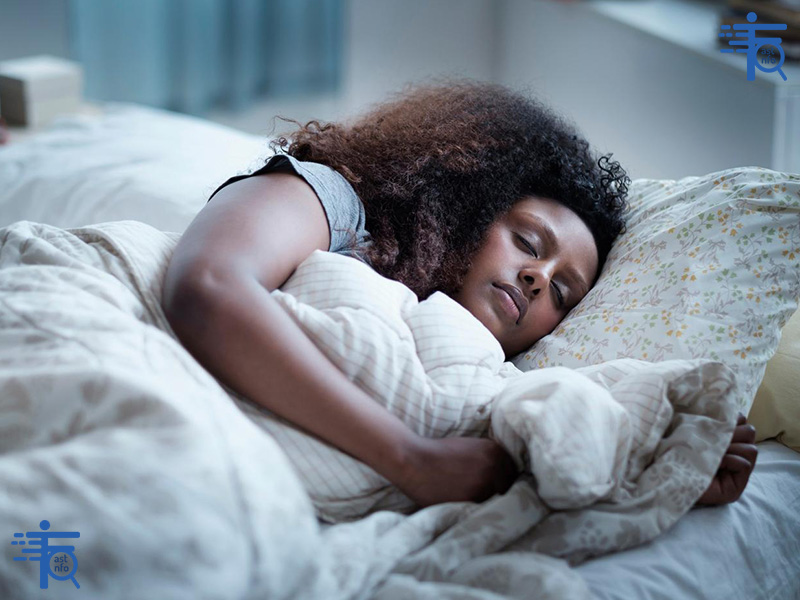
Acupressure for sleep
Acupressure is a traditional Chinese medicine technique that involves applying pressure to specific points on the body to promote healing, relaxation, and overall well-being. When it comes to improving sleep, acupressure can be a natural and effective way to help you relax, reduce stress, and prepare your body for rest. Here are some key acupressure points that are commonly used to promote better sleep:
1. Spirit Gate (HT7)
- Location: On the inner wrist, in the depression on the outer side of the tendon that runs down from the little finger.
- How to Use: Apply gentle pressure with your thumb or index finger for 1-2 minutes. You can do this on both wrists.
- Benefits: This point is believed to calm the mind, reduce anxiety, and promote restful sleep.
2. Inner Frontier Gate (PC6)
- Location: About three finger widths below the base of the palm, between the two tendons on the inner forearm.
- How to Use: Use your thumb to apply firm but gentle pressure for 1-2 minutes on both arms.
- Benefits: This point is known to relieve anxiety, nausea, and insomnia, and can help promote relaxation.
3. Wind Pool (GB20)
- Location: At the base of the skull, in the hollows between the two vertical neck muscles, about 2-3 inches apart.
- How to Use: Use your thumbs to apply steady pressure for 1-2 minutes. You can also massage in small circular motions.
- Benefits: This point helps relieve stress, headaches, and neck tension, which can interfere with sleep.
4. Third Eye Point (GV24.5)
- Location: Between the eyebrows, in the indentation where the bridge of the nose meets the forehead.
- How to Use: Apply gentle pressure with your index finger or thumb for 1-2 minutes.
- Benefits: This point is believed to calm the mind, reduce stress, and promote a sense of inner peace, making it easier to fall asleep.
5. Bubbling Spring (KD1)
- Location: On the sole of the foot, in the depression that forms when you curl your toes.
- How to Use: Use your thumb to apply firm pressure for 1-2 minutes on both feet.
- Benefits: This point is thought to ground the body, reduce anxiety, and promote deep relaxation.
6. Heavenly Pillar (B10)
- Location: About half an inch below the base of the skull, on the ropy muscles about half an inch outward from the spine.
- How to Use: Apply gentle pressure with your fingers for 1-2 minutes.
- Benefits: This point helps relieve stress, fatigue, and insomnia, and can promote a sense of calm.
7. Anmian (Extra Point)
- Location: Behind the ear, at the base of the skull, in the hollow between the two vertical neck muscles.
- How to Use: Apply gentle pressure with your fingers for 1-2 minutes on both sides.
- Benefits: This point is specifically used to treat insomnia and promote deep sleep.
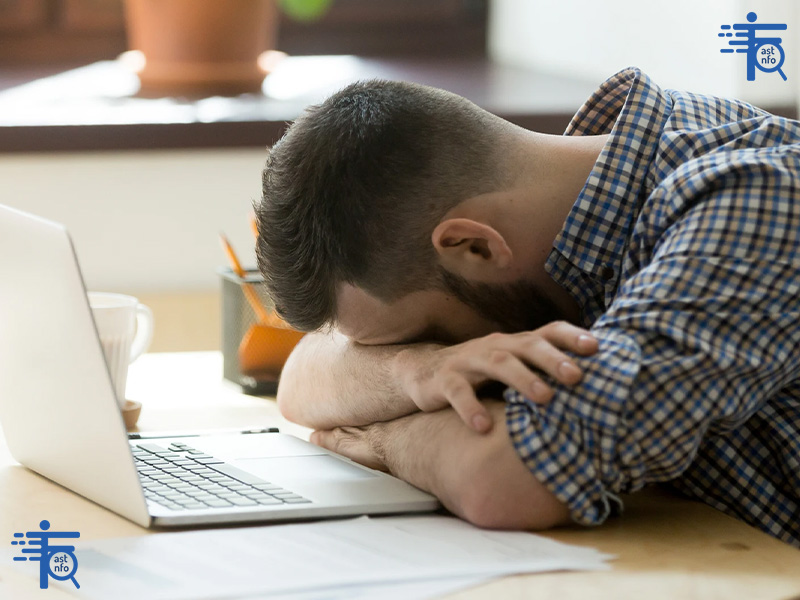
Tips for Using Acupressure for Sleep:
- Relax Before Starting: Take a few deep breaths and try to relax your body before applying pressure to the points.
- Use Gentle Pressure: You don’t need to press too hard—gentle to firm pressure is usually sufficient. The goal is to stimulate the point without causing pain.
- Combine with Deep Breathing: As you apply pressure, take slow, deep breaths to enhance the relaxation effect.
- Practice Regularly: For best results, try to incorporate acupressure into your nightly routine. Consistency can help improve its effectiveness over time.
- Create a Relaxing Environment: Combine acupressure with other sleep-promoting practices, such as dimming the lights, avoiding screens, and creating a calm bedtime environment.
When to Seek Professional Help:
While acupressure can be a helpful tool for improving sleep, it’s important to consult with a healthcare professional if you have chronic insomnia or other sleep disorders. Acupressure can be used as a complementary therapy, but it should not replace medical treatment when needed.
By incorporating acupressure into your bedtime routine, you may find it easier to relax, reduce stress, and improve the quality of your sleep.
fastinfosearch site provides the best information
Suggested content:





No comment